
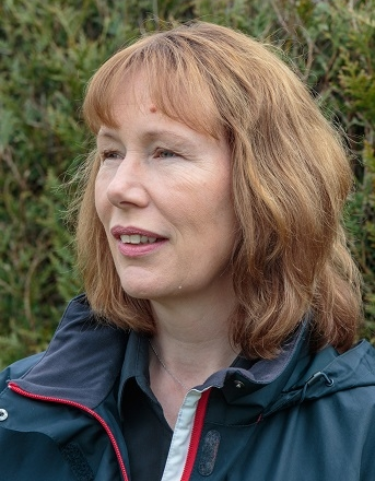
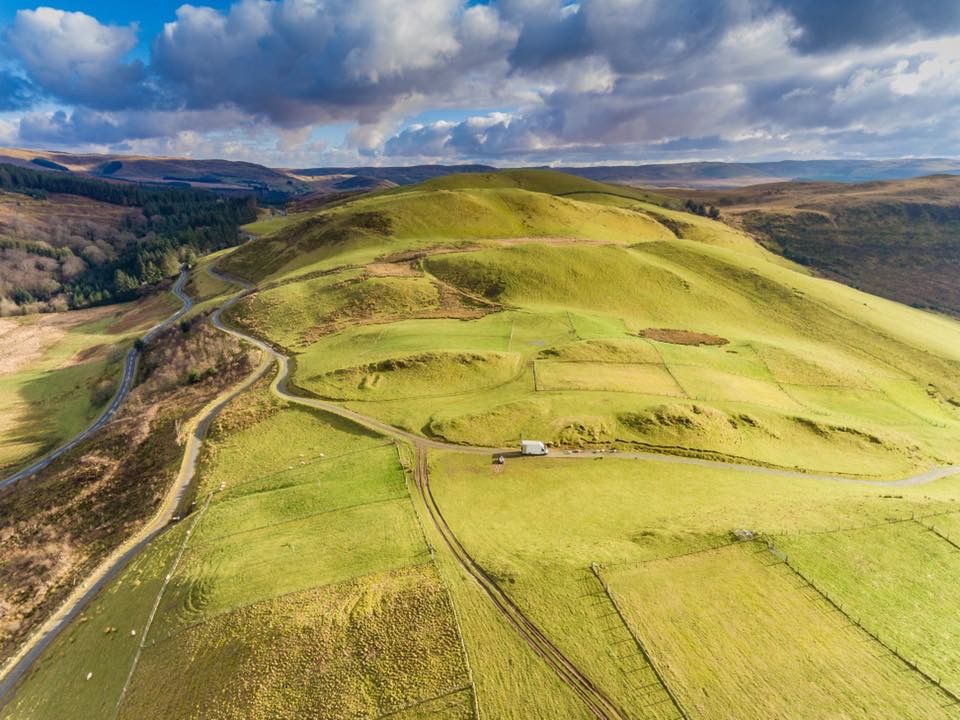
Ahead of the ‘Resilience in the Welsh Uplands – an evidence perspective’ conference 14-18th September we catch up with Aberystwyth’s Reader in Upland Agroecosystems. Meet long-term collaborator, EP Wales steering committee member and Aberystwyth IBERS staff member Mariecia Fraser, who shares the highlights of her work with Pwllpeiran Upland Research Centre, her future hopes for the Welsh uplands and the wonders of mixed grazing.
Pwllpeiran – what and where is it?
The Pwllpeiran Upland Research Centre is located 12 miles inland from Aberystwyth, in the heart of the Cambrian Mountains, West Wales. It has been a centre for the study of all aspects of upland farmed ecosystems for nearly ninety years, with the first experiments at the site carried out by the internationally renowned grassland scientist Sir George Stapledon as part of his pioneering Cahn Hill Improvement Scheme in the 1930s. At the time, Stapledon was the inaugural director of the new Welsh Plant Breeding Station, which was part of the University of Wales, Aberystwyth.
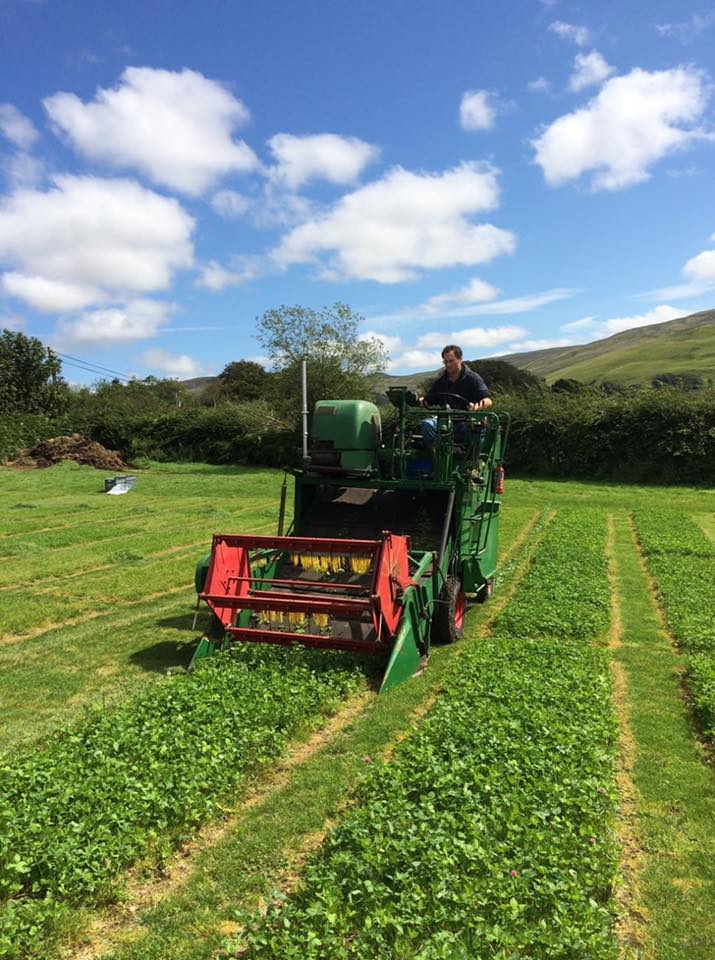
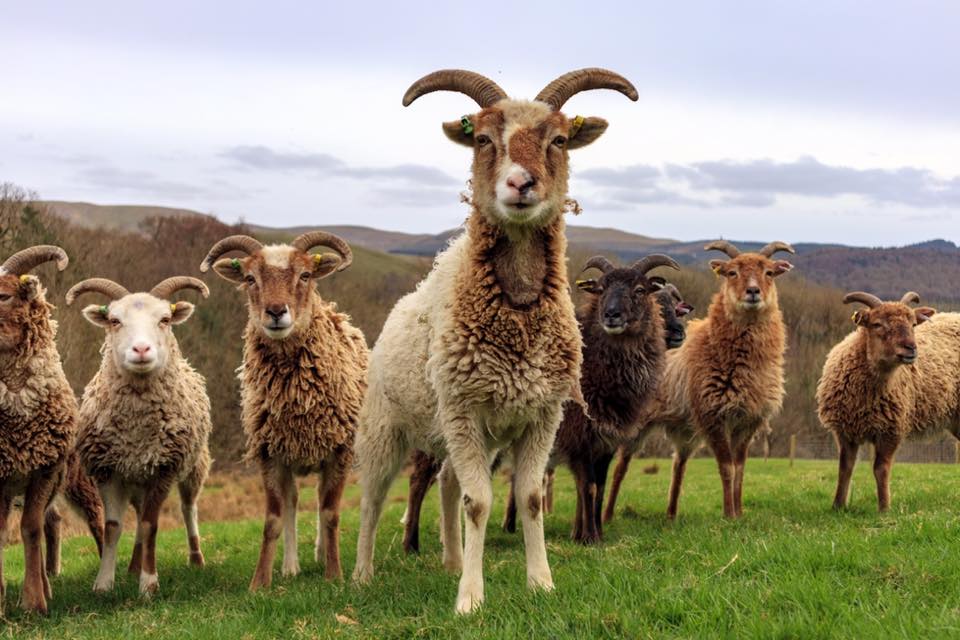
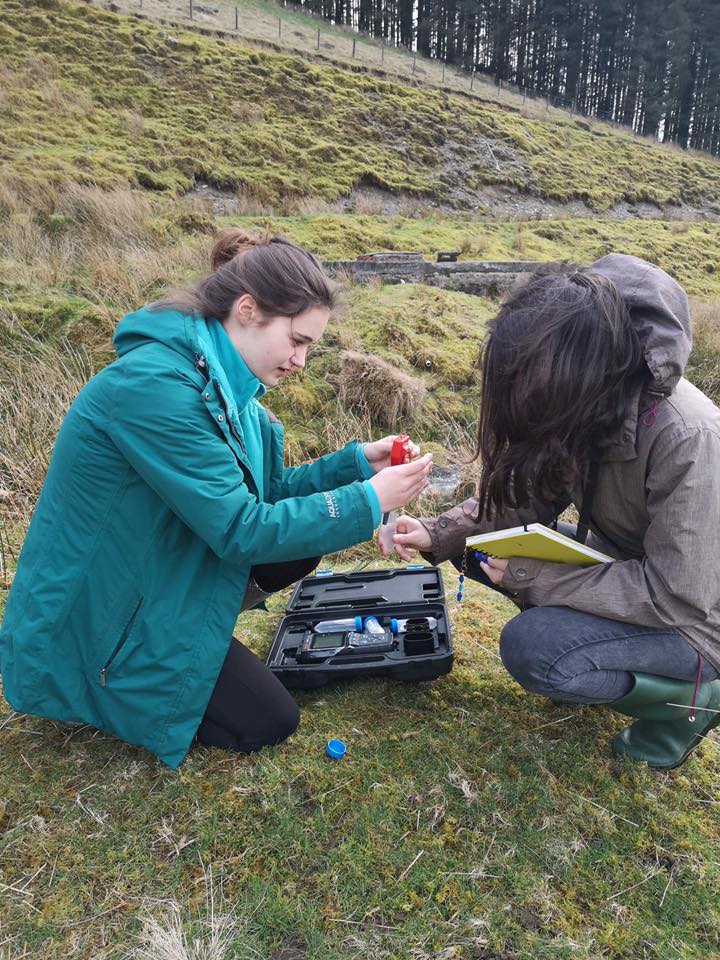
The site then became a MAFF (and subsequently ADAS) Experimental Husbandry Farm for many decades, before Aberystwyth University took over the lease from the Welsh Government in 2013, taking the story of Pwllpeiran full circle. Our mission today is to conduct innovative, high quality cross-disciplinary research designed that informs science, policy, enterprise and teaching.
Pwllpeiran calls the Institute of Biological, Environmental and Rural Sciences (IBERS) within Aberystwyth University home, but it also has close ties to other departments including the Computer Science Department and the Department of Geography and Earth Sciences.
COVID 19 and cancelled plans
Given the central topic for EPW’s upcoming conference (Resilience in the Welsh Uplands), centre staff were immediately keen to help support the event. Had the full face-to-face conference in Aberystwyth gone ahead we would have been welcoming delegates to Pwllpeiran for a mid-conference tour of the site and its surroundings, including Thomas Johnnes’ picturesque Hafod Estate. Johnnes was an early pioneer of upland forestry and farming and in its heyday Hafod was a beacon for science and creativity [https://www.hafod.org/].
“We were looking forward to exhibiting at the Royal Welsh Agriculture show with Environment Platform Wales this summer and support the hosting the conference at Aberystwyth’s University campus – but 2020 of course had other plans….!”
We’d been working with EP Wales to promote the event and had originally planned to bring some of our alpacas to a joint stand at the Royal Welsh Show. In terms of our work with Pwllpeiran, COVID meant that we were unable to carry out research as usual for many months. Staff were still at the centre daily to look after stock and existing experimental plots but we were unable to collect data or establish new experiments. We will have lots of holes in this year’s data sets, but that is a small price to pay to keep everyone safe.
What’s with all the alpacas at Pwllpeiran?
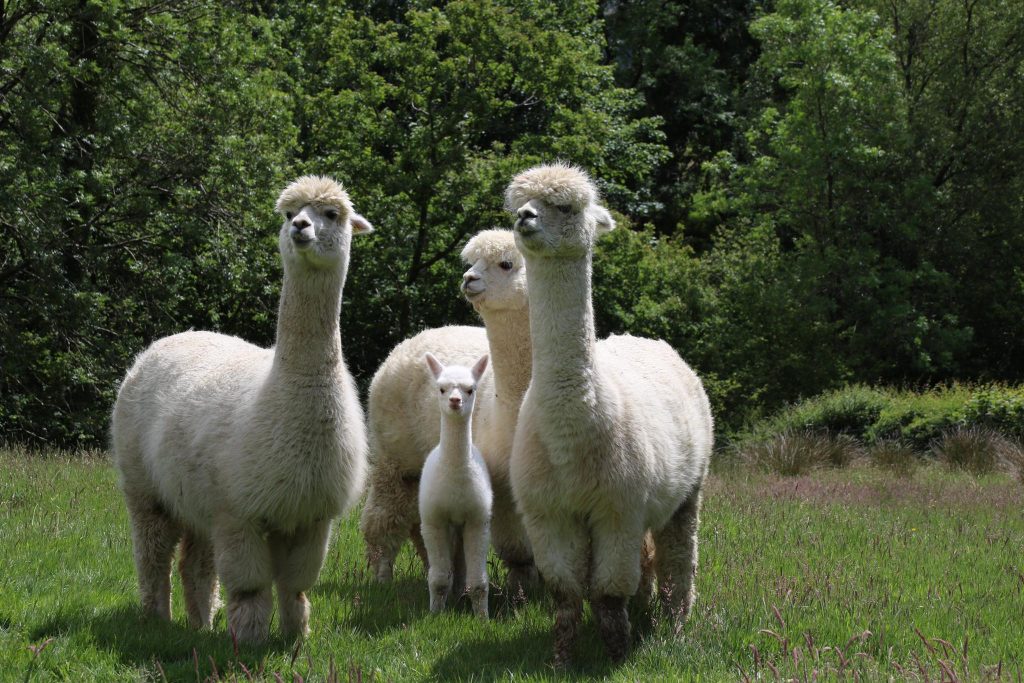

They’re a good example of the type of change to farming systems in the uplands we might see in response to new support schemes in Wales that reward delivery of public goods such as carbon storage, water management and biodiversity, rather than primary production. Adaptations to Andean conditions mean that camelids like alpacas are well suited to the poorer quality vegetation and harsh climatic conditions found in upland areas. Another benefit is that their grazing habits are distinctly different to sheep, and previous research indicates they will happily consume invasive hill grass species (such as Molinia) rejected by sheep.
“All being well, our hope for the future is that Pwllpeiran will continue to lead the way in upland research, demonstration and knowledge exchange for many more decades, and even centuries, to come….”
Mixed grazing – a win-win
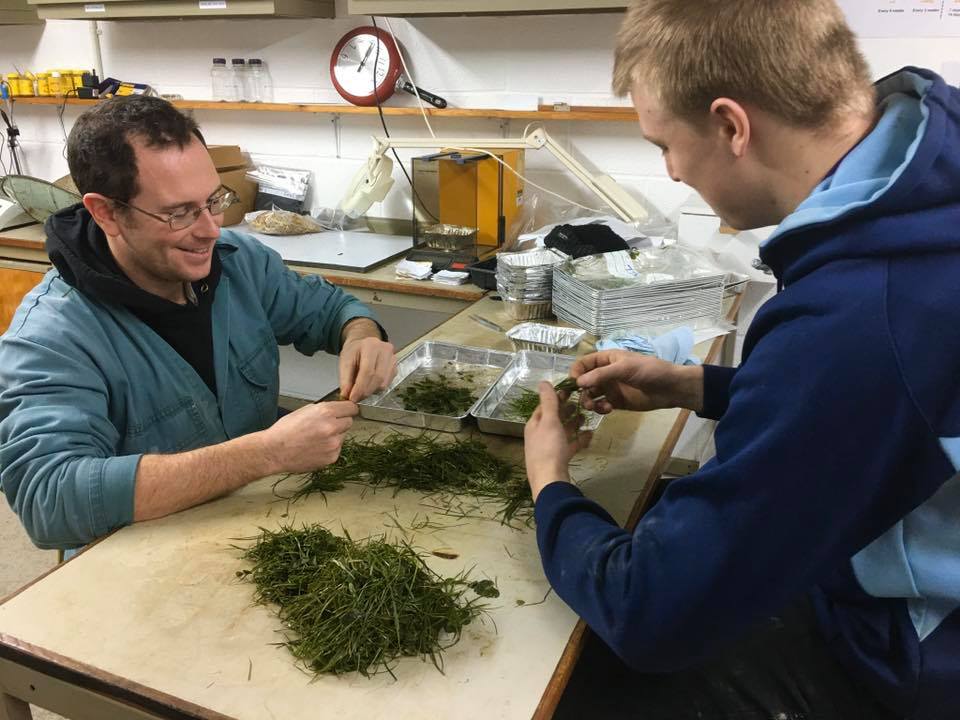
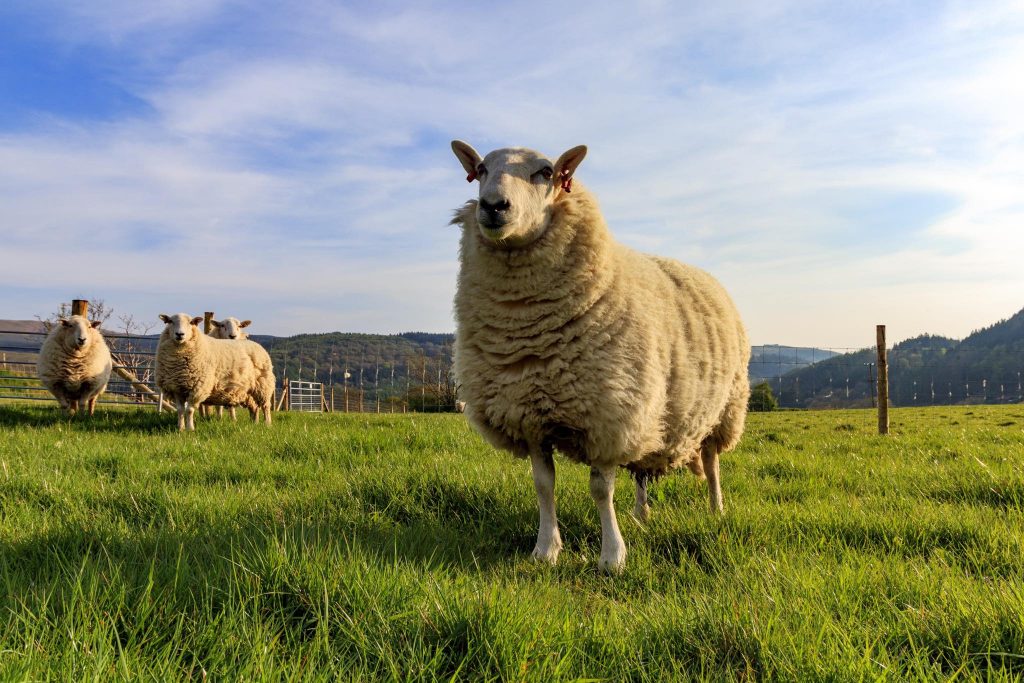

I’m like a broken record, but I want to tell everyone about the wonders of mixed grazing! Having different species of grazers pastured together can not only lead to production benefits through more efficient pasture use and lower parasite burdens, but there are lots of environmental wins to be had too, including lower greenhouse gas emissions and improved biodiversity.
“Too many upland areas are grazed by sheep alone, especially in Wales. We’ve shown there are clear benefits of re-introducing cattle grazing in upland areas; but cattle are expensive, labour intensive and usually require housing over winter. However, if support payments change and new schemes reward outcomes rather than prescription grazing then producers will hopefully be encouraged to consider mixed grazing systems incorporating alternatives such as alpacas, goats, ponies and deer…”
Safeguarding the future of the uplands
Anyone with a view on the state of the uplands today and what should be done to change this should consider carefully the lessons of the past. Much of the environmental damage that we see across Wales has been the unintended consequence of previous agricultural and forestry policies. Damage to upland ecosystems can be inflicted quickly but takes decades to restore. This is why having a sound evidence base is critical; we need policies based on quality data collected from multiple trials and experiments which take into account local variations in conditions and potential for change. One-size-fits-all prescriptions and policies never work. Engaging with the people that live and work in the uplands is also going to essential if the right sort of changes are to be made.
Alpacas: tantrums, babies and very soft wool
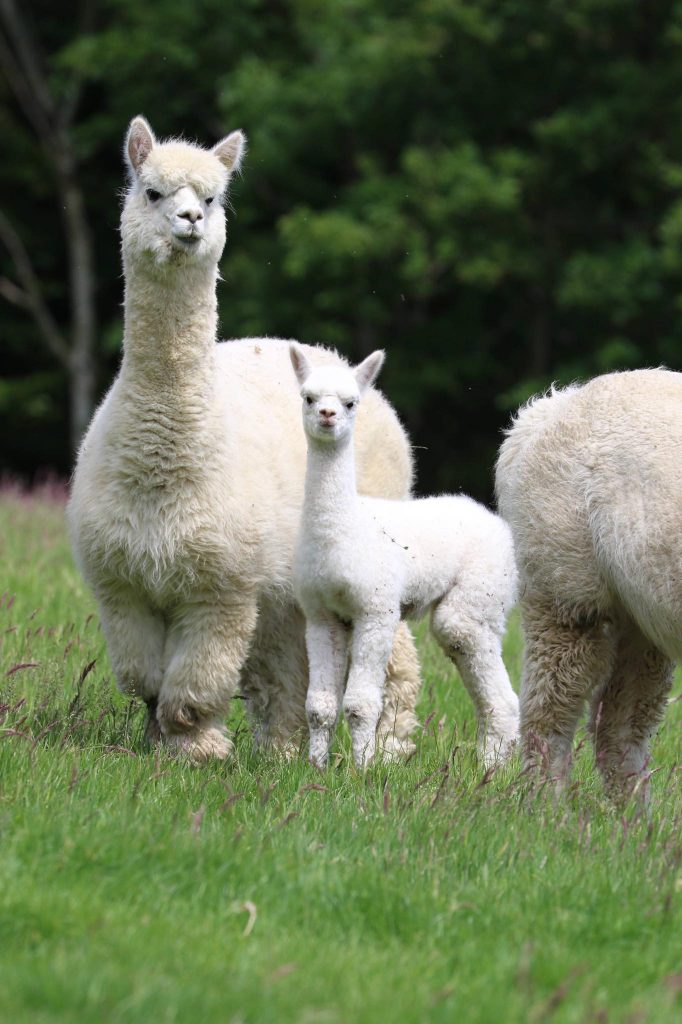
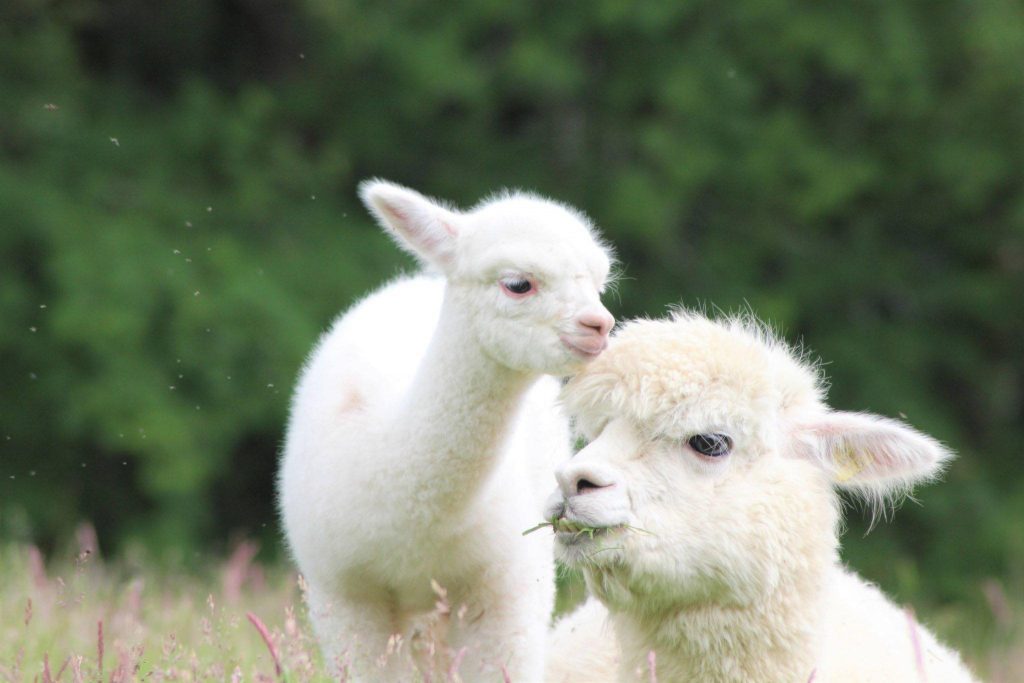
The alpacas have adapted to life in the Welsh hills quickly and are managed in much the same way as our sheep flocks. One big difference though is how vocal the alpacas are – they are very rarely quiet! They hum to each other when they are grouped together, the alarm call if one of them spots something unusual out in the field is a bit like a strange donkey bray, and if they start to fight there can be awful lot of very loud screeching and screaming. During lockdown we welcomed our first two cria (the name for alpaca young), Peiran Cosmopolitan and Peiran Champagne. Although alpacas are primarily kept for the luxurious fibre (wool) they produced, nothing can prepare you for just how soft the coat of a cria is!
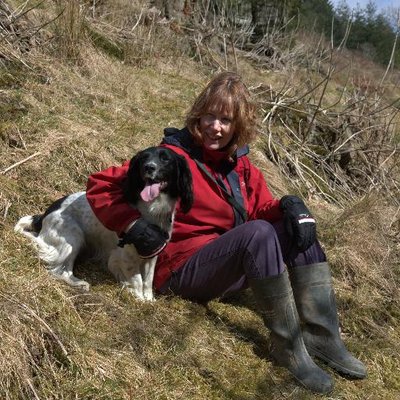
Mariecia Fraser will be part of the line up for our 2020 conference: Resilience in the Welsh Uplands, an evidence perspective. To find out more about the other speakers and contributors and to see the full programme, head to the Environment Evidence 2020 page. You can find our more about the research at Pwllpeiran via Aberystwyth’s IBERS website, Pwllpeiran’s Blog and the centre’s Facebook page.




